Video, Photos and Articles/Texts are all borrowed from NASA’s Official Website – All rights reserved by NASA
NASA’s vision: We reach for new heights and reveal the unknown for the benefit of humankind
What’s out there? How do we get there? What will we find? What can we learn there? What we can learn just by trying to get there. That will make life better here on Earth? Thousands of people have been working around the world — and off of it — for decades trying to answer all these questions
By reading the relevant article from NASA’s official website, “What’s Next for NASA”, dated April 24, 2018, we learn more about the next goals and steps on space exploration. From the aforementioned article we Learn:
Solar System and Beyond
NASA will add to its existing robotic fleet at the Red Planet with the InSight Mars lander set to study the planet’s interior. The Mars 2020 rover will look for signs of past microbial life, gather samples for future return to Earth and investigate resources that could someday support astronauts.
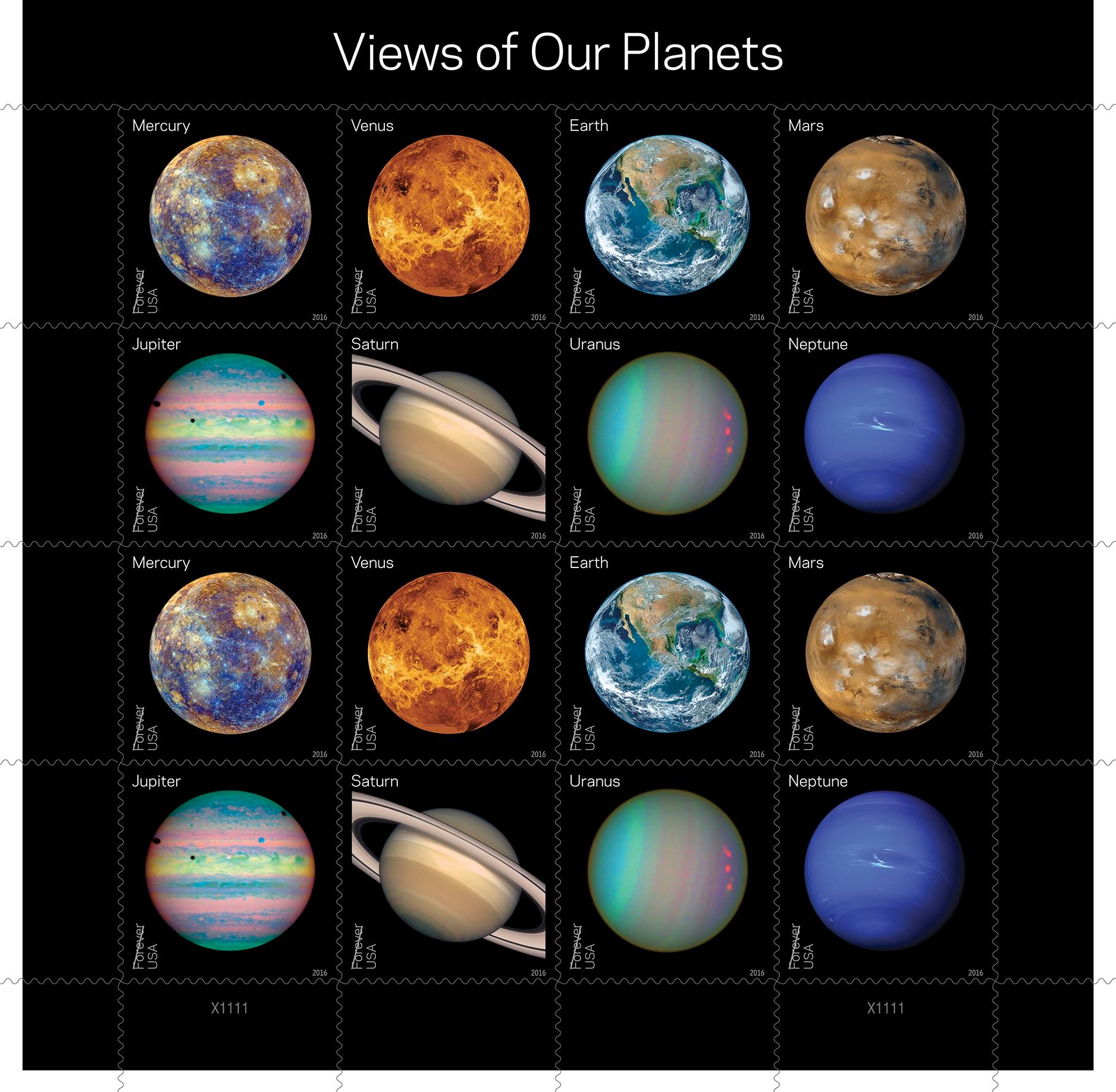
“The solar system, delivered: new postage stamps from the US Postal Service will celebrate planetary exploration, including the New Horizons Pluto flyby. Details: http://go.nasa.gov/1Ty1UBb”
The James Webb Space Telescope will be the premier observatory of the next decade, studying every phase in the history of our Universe in infrared, while the Parker Solar Probe will “touch the sun,” travelling closer to the surface than any spacecraft before.
Sending Humans Out into Solar System: Moon to Mars
Building on this growing scientific knowledge of our solar system, NASA is developing the most advanced rocket and spacecraft to lead the next steps of human exploration farther into space than we have ever traveled before. Launching from a revitalized NASA Kennedy Space Center in Florida, the agency’s powerful Space Launch System rocket will carry astronauts aboard NASA’s Orionspacecraft to the Moon, where astronauts will build and begin testing the systems needed for challenging missions to other destinations, including Mars, and deeper into space.
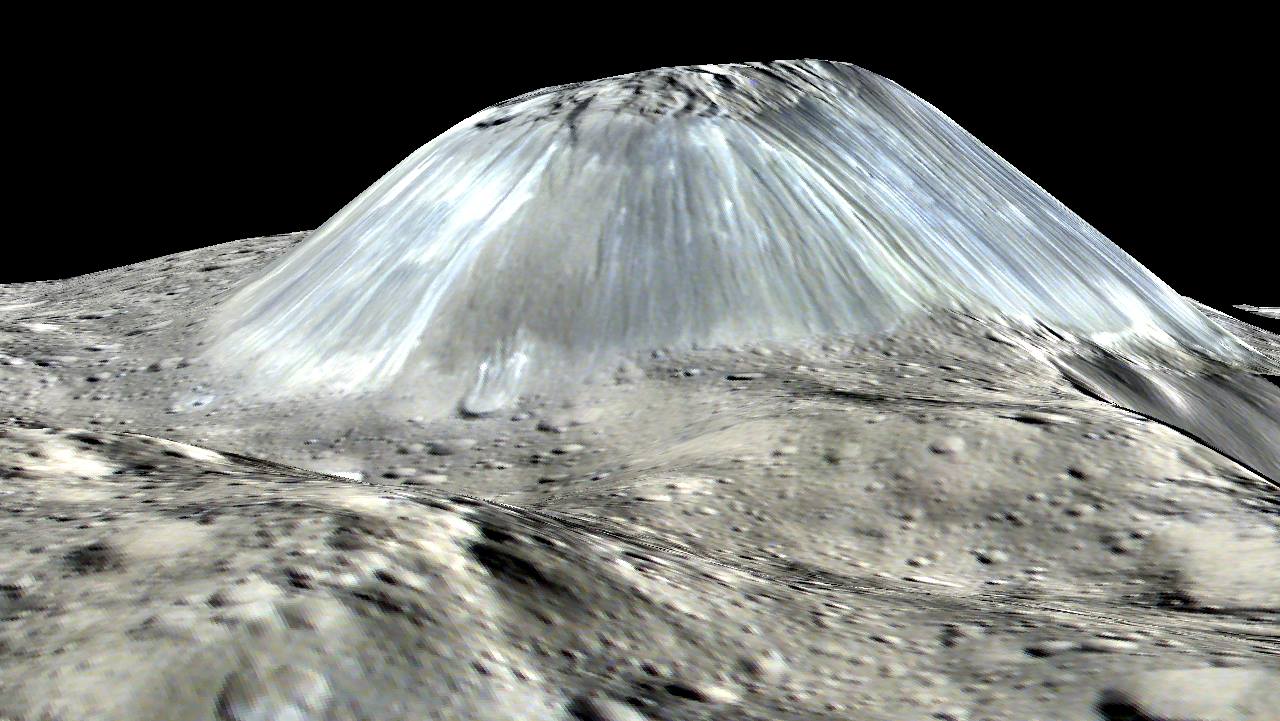
“Ahuna Mons on Ceres is a volcanic dome unlike any seen elsewhere in the solar system. Our Dawn team reveals new details about this strange cryovolcano and five more intriguing insights about the closest dwarf planet to Earth.”
NASA will test its new deep space exploration system beginning with an integrated, uncrewed flight of SLS and Orion, known as Exploration Mission-1. During the second and subsequent early flights, NASA will develop new technologies and techniques and apply innovative approaches to solving problems in preparation for longer-duration missions far from Earth. NASA will build up its deep space capabilities before ultimately sending humans to the Red Planet.
International Space Station
Humans are already living and working off the Earth in the one-of-a kind research laboratory in microgravity. The International Space Station serves as a blueprint for global cooperation and scientific advancements, a destination for growing a commercial marketplace in low-Earth orbit, and a test bed for demonstrating new technologies. Research on the station is the springboard to NASA’s next great leap in exploration, sending humans into deep space.
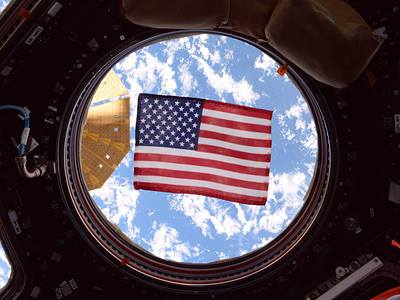
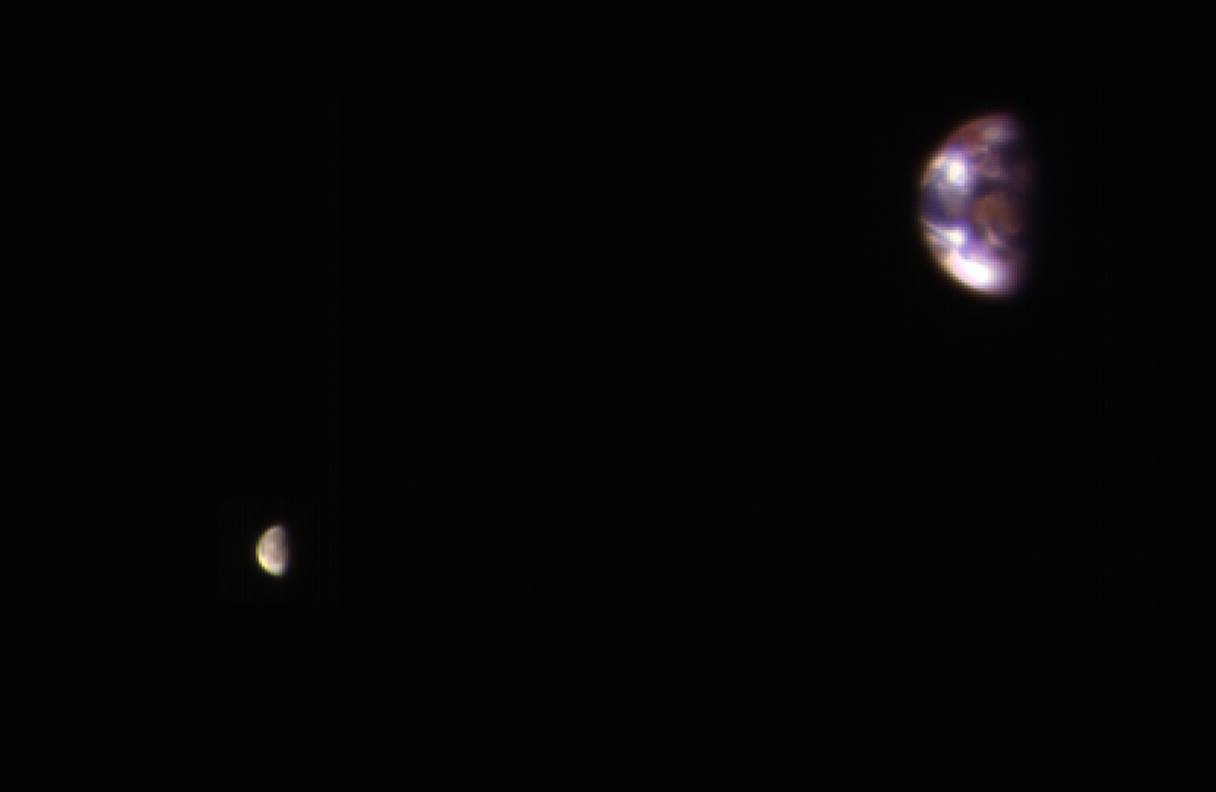
“Your home planet, as seen from Mars. From the most powerful telescope orbiting Mars comes a new view of Earth and its moon, showing continent-size detail on the planet and the relative size of the moon. Details: http://go.nasa.gov/2iZ9GJK”
Flight
NASA is helping transform aviation by developing advanced technologies for revolutionary aircraft shapes and propulsion, and for the airspace in which they fly, which dramatically improve efficiency, reduce noise and maintain safety in more crowded skies.
NASA is working now to design, build and fly new experimental aircraft – X-planes – that will prove the dramatic benefits of advanced technologies in piloted flight, including a Low Boom Flight Demonstrator which will provide data that could open the door to supersonic flights over land.
Space Tech
On Earth and in space, NASA is developing, testing and flying cutting-edge technologies for a new future of human and robotic exploration. Technology development at NASA provides the onramp for new space technologies, creating a pipeline that matures them from early-stage through flight.
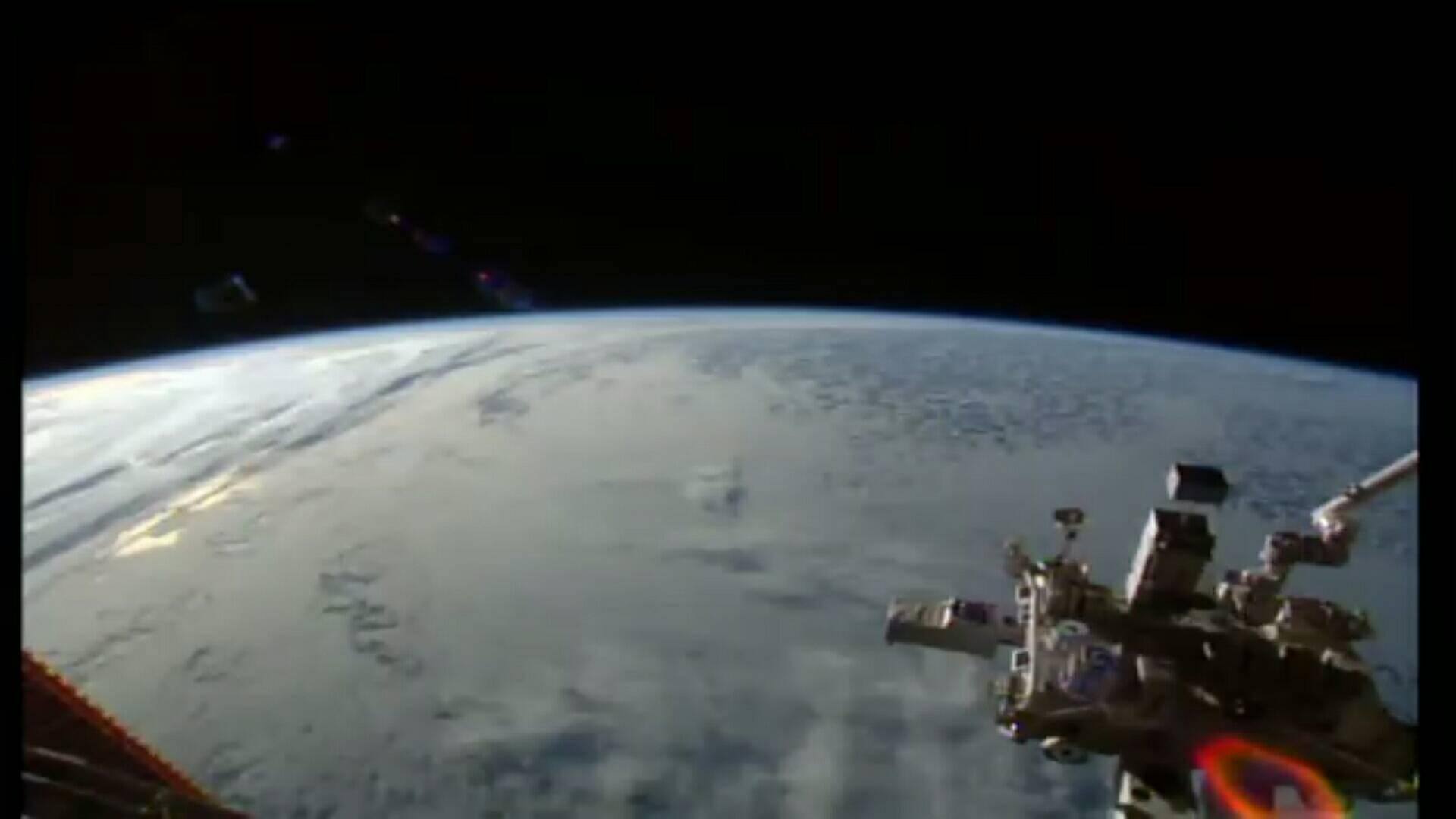
We’ll continue to evolve technologies like advanced solar electric propulsion, deep space navigation, new green propellants, and in-space manufacturing and assembly. These new space technologies will advance NASA’s capabilities to help us reach our future deep space destinations.
Earth
NASA’s current and future Earth missions use the vantage point of space to understand and explore our home planet, improve lives and safeguard our future.
NASA brings together technology, science, and unique global Earth observations to provide societal benefits and strengthen our nation. Critical to understanding how our planet’s natural resources and climate are changing, our observations form the foundation for important environmental planning and decisions by people all over the world.
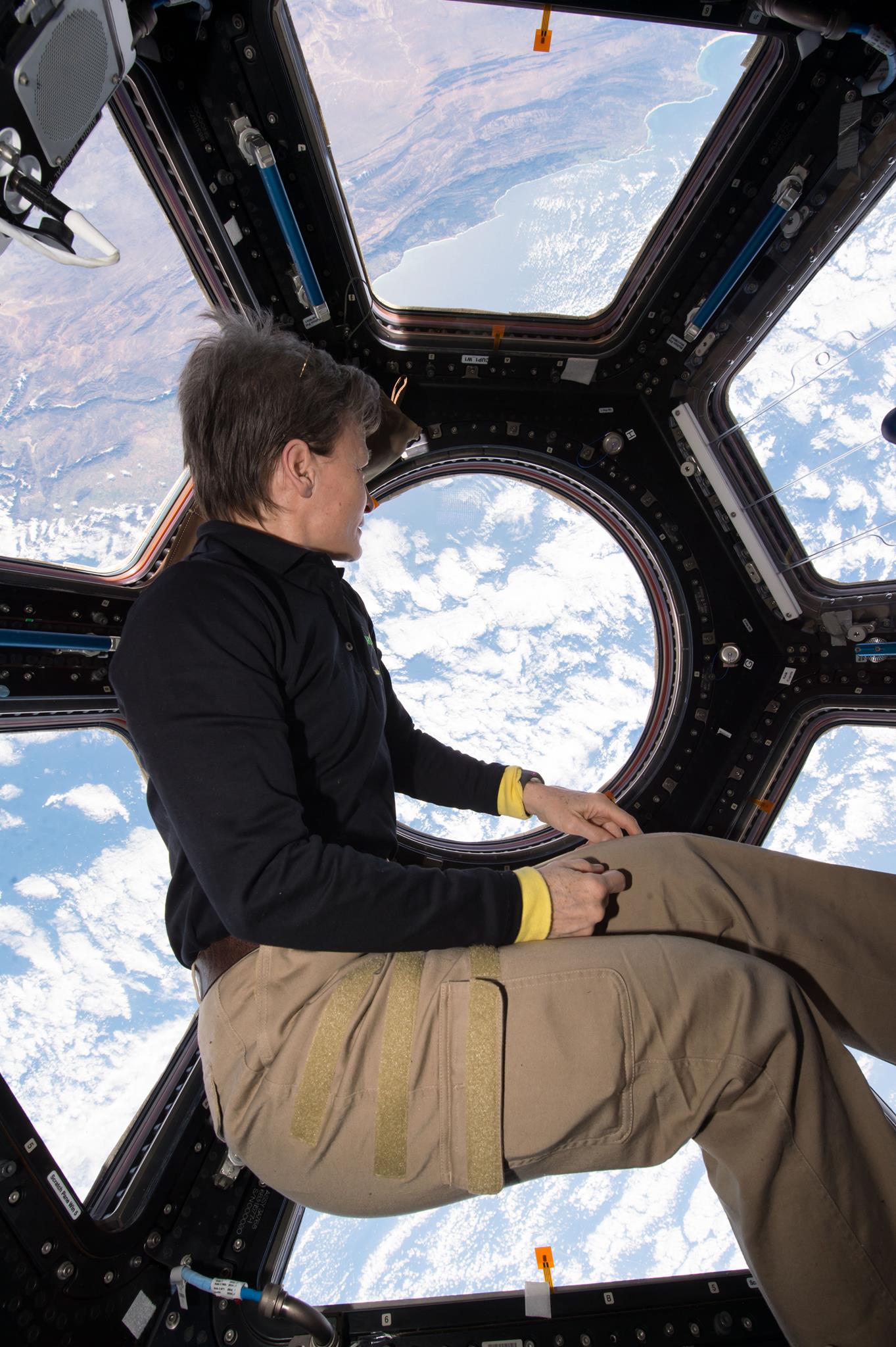
“Breathable air is necessary to sustain humans on Earth and in space. There’s now a new public competition looking to improve air quality and health in both places: http://go.nasa.gov/2jHdofv”

From NASA’s Article “Launches and Landings” we learn the Next steps of NASA for this Year (2018):
- Date: September 10, 2018 – 6:32 p.m. Eastern – Mission: HTV-7 Cargo Spacecraft Description: Launch of the Japan Aerospace Exploration Agency (JAXA) H-IIB rocket from Tanegashima Space Center, Japan, with the “Kounotori7” HTV-7 cargo ship, delivering supplies to the International Space Station.
- Date: September 15, 2018 – Launch Window: 8:46 a.m. — 9:26 a.m. Eastern – Mission:ICESat-2. Description: The Ice, Cloud and land Elevation Satellite-2, or ICESat-2, spacecraft will lift off from Space Launch Complex 2 at Vandenberg Air Force Base in California on the final launch of a United Launch Alliance Delta II rocket. ICESat-2 will provide precise measurements of the changing height of Earth’s glaciers, ice sheets and sea ice.
- Date: October 4, 2018 – Mission:Expedition 56 Landing– Description: NASA astronauts A.J. (Drew) Feustel and Ricky Arnold, and crewmate Oleg Artemyev of the Russian space agency Roscosmos will undock their Soyuz spacecraft from the International Space Station and land in Kazakhstan.
- Date: October 11, 2018 – Mission:Expedition 57 Launch– Description: Astronaut Nick Hague of NASA and cosmonauts Alexey Ovchinin and Nikolay Tikhonov of the Russian space agency Roscosmos will launch to the International Space Station aboard the Russian Soyuz spacecraft from the Baikonur Cosmodrome in Kazakhstan.
- Targeted Date: November – Mission:Commercial Crew SpaceX Demonstration Mission 1 (Uncrewed) – Description: NASA and industry partners are targeting the return of human spaceflight from Florida’s Space Coast. These flight tests will prove the space systems meet NASA’s requirements for certification to carry astronauts to and from the International Space Station. For this uncrewed flight test, SpaceX’s Crew Dragon spacecraft will launch on a Falcon 9 rocket from Space Launch Complex 39A at Kennedy Space Center.
- Date: November 26, 2018 – Mission:InSight Landing on Mars – Description: The Entry, Descent and Landing phase is the final plunge of the Mars InSight Lander through the Martian atmosphere. It lasts about six minutes and delivers the lander safely to the surface of the Red Planet.
- Date: December 13, 2018 – Mission:Expedition 57 Landing – Description: Astronauts Serena Auñón-Chancellor of NASA, Alexander Gerst of the European Space Agency (ESA), and cosmonaut Sergey Prokopyev of the Russian space agency Roscosmos, will undock their Soyuz spacecraft from the International Space Station and land in Kazakhstan.
- Date: December 20, 2018 – Mission:Expedition 58 Launch
– Description: NASA astronaut Anne McClain, Canadian Space Agency astronaut David Saint-Jacques and Oleg Kononenko of the Russian space agency Roscosmos launch to the International Space Station aboard the Russian Soyuz spacecraft from the Baikonur Cosmodrome in Kazakhstan.
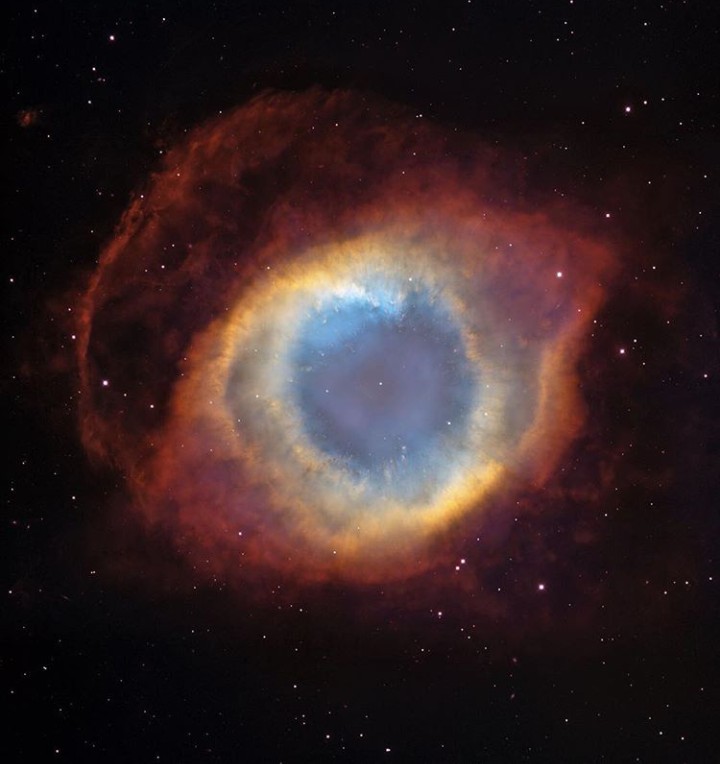
“The Ring Nebula. A planetary nebula (also called M57 & NGC 6720) one light year across in the northern constellation of Lyra. M57 is 2300 light years from Earth.”
